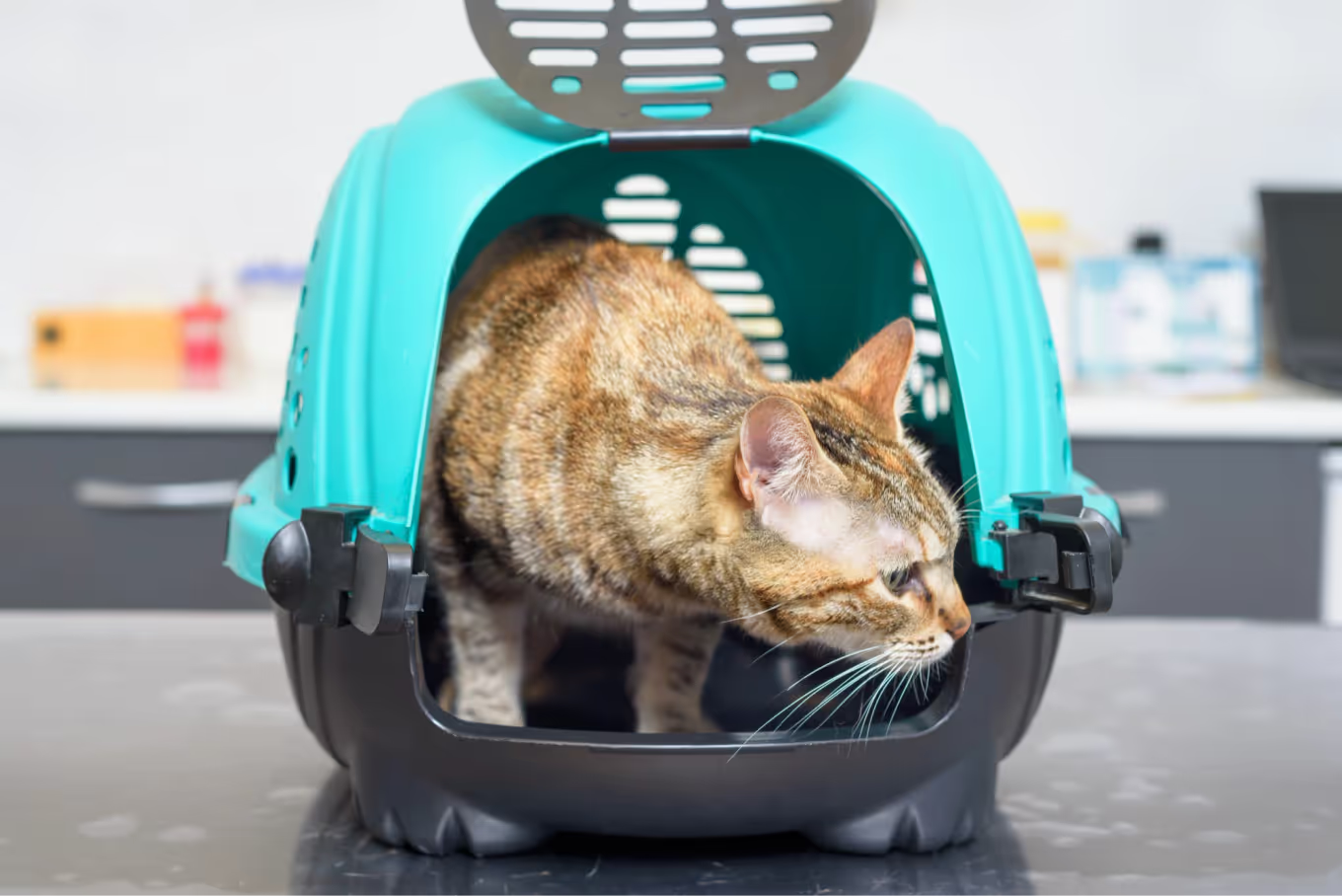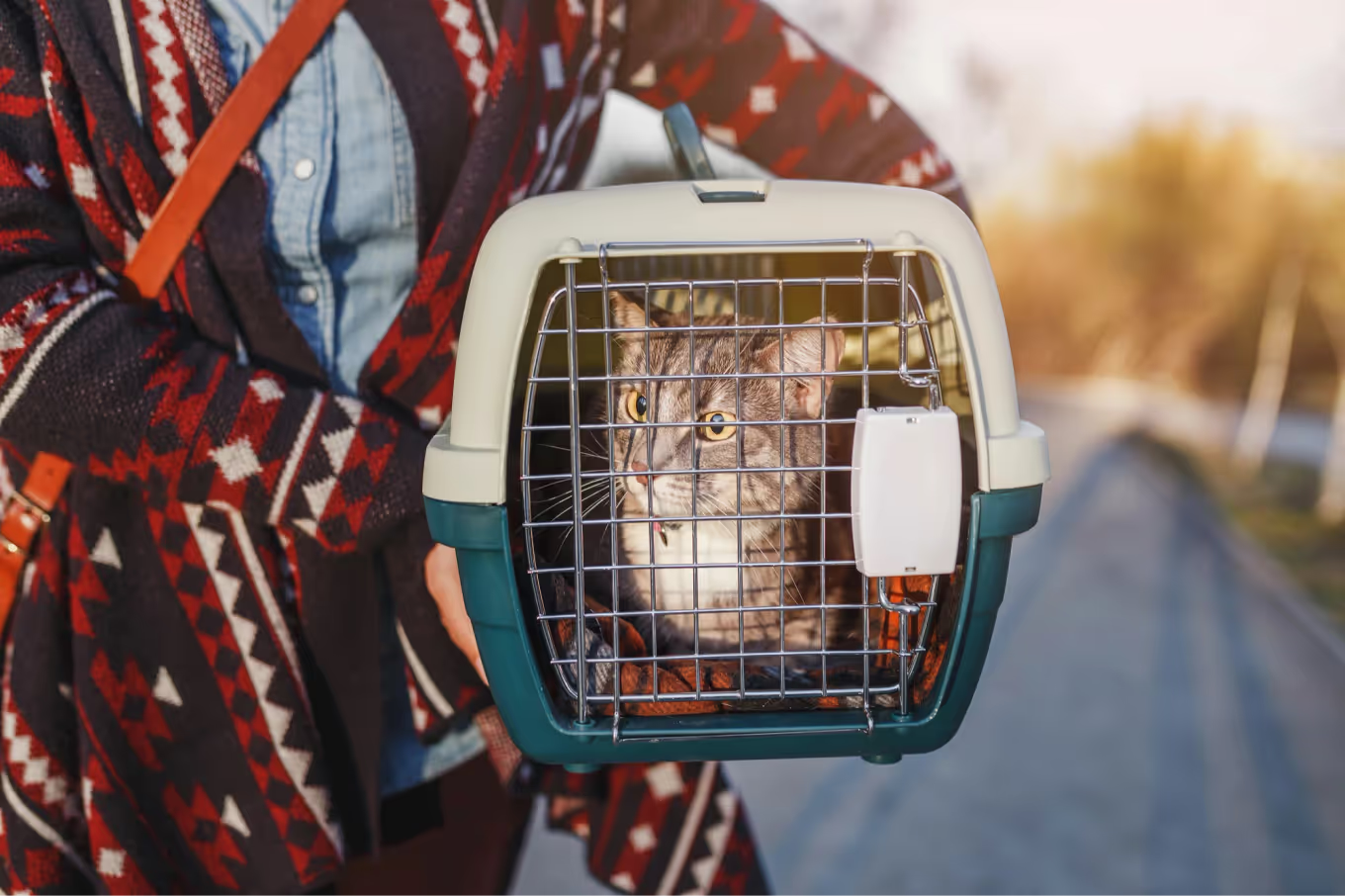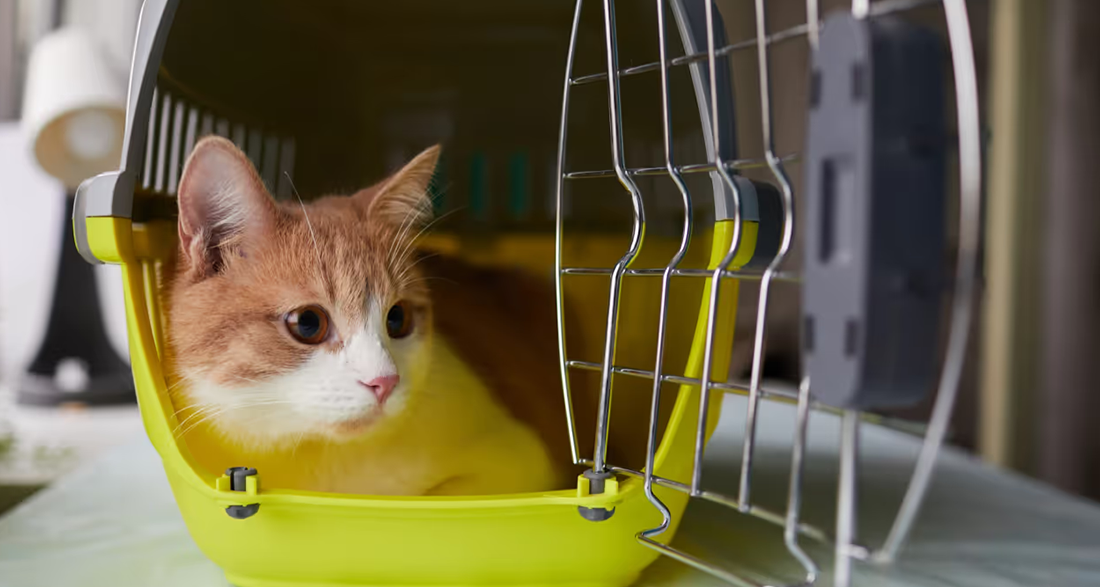Does your feline friend dash under the bed or run away at the sight of the carrier? It doesn’t have to be this way. Here are some tips to help.
Key Points
- Placing the carrier with an open door in the room often helps.
- Allow your cat to get used to the carrier at their own pace.
- It’s important to conduct the training without stress or pressure.
Getting a cat into a carrier for a vet visit or trip can often feel like a nerve-wracking mission. Sound familiar? Try this approach.
Make the Carrier Part of Everyday Life

Place soft blankets and your pet’s favorite toys inside the carrier. Leave the carrier open in the room.
This way, your cat gets used to the sight of the carrier without becoming nervous or stressed. The carrier no longer poses a threat.
On the contrary, it now appears inviting and offers a comfortable retreat.
Encourage Positive Associations
In addition to simple acclimation, targeted play around and near the carrier can help. For example, use food puzzles to further encourage positive associations.
This playful approach reduces fear and builds trust. Your cat will feel less stressed at the sight of the carrier.
Once your cat feels comfortable, you should occasionally close the carrier door. This also helps train your pet.
Work with Positive Reinforcement

If your cat manages to get into the carrier, praise them and offer their favorite treat. Positive reinforcement, such as during the first vet visit, is helpful.
Additionally, training your cat with a command can be useful: a simple word like “box” will signal that it’s time to travel.
It’s also important to remain calm and composed if your cat shows signs of fear and stress. Many cats can sense their owner’s emotions. If using the carrier doesn’t work right away, practice patience.

